Core Design Principles
- Minimal features: Time, Calendar, Notifications
- Always-on display
- Long (days+) battery life
- Hacker-friendly, reproducible
- Breadboard with basic timekeeping, MCU and display (done)
- Self-contained prototype with off-the-shelf battery, display, buttons, SoC (done)
- Watch form-factor prototype with off-the-shelf components, subset of features (TBD)
- Later versions with custom PCBs (when I learn how!)
Planned Hardware Components (subject to change)
- SoC with built-in BLE - nrf52832/40
- Low-Power display - Sharp Memory LCD LS013B7DH05
- 3.7v LiPo battery 100-150mAh
- Battery charger circuit/PMIC - TBD
- 4 tactile buttons - TBD
- Vibration motor or linear actuator + driver circuit - TBD
- LCD Backlight - TBD
- RTC - DS3231? (or use nrf52 internal RTC?)
- Display VCOM 1Hz signal generator - TPL5111?
Software Requirements (status - haven't started)
- Hardware should support RebbleOS min requirements
- Until RebbleOS is ready - custom firmware OR UI/watchfaces built on top of Arduino or Espruino.
- Will need custom iOS app to support notifications 😬
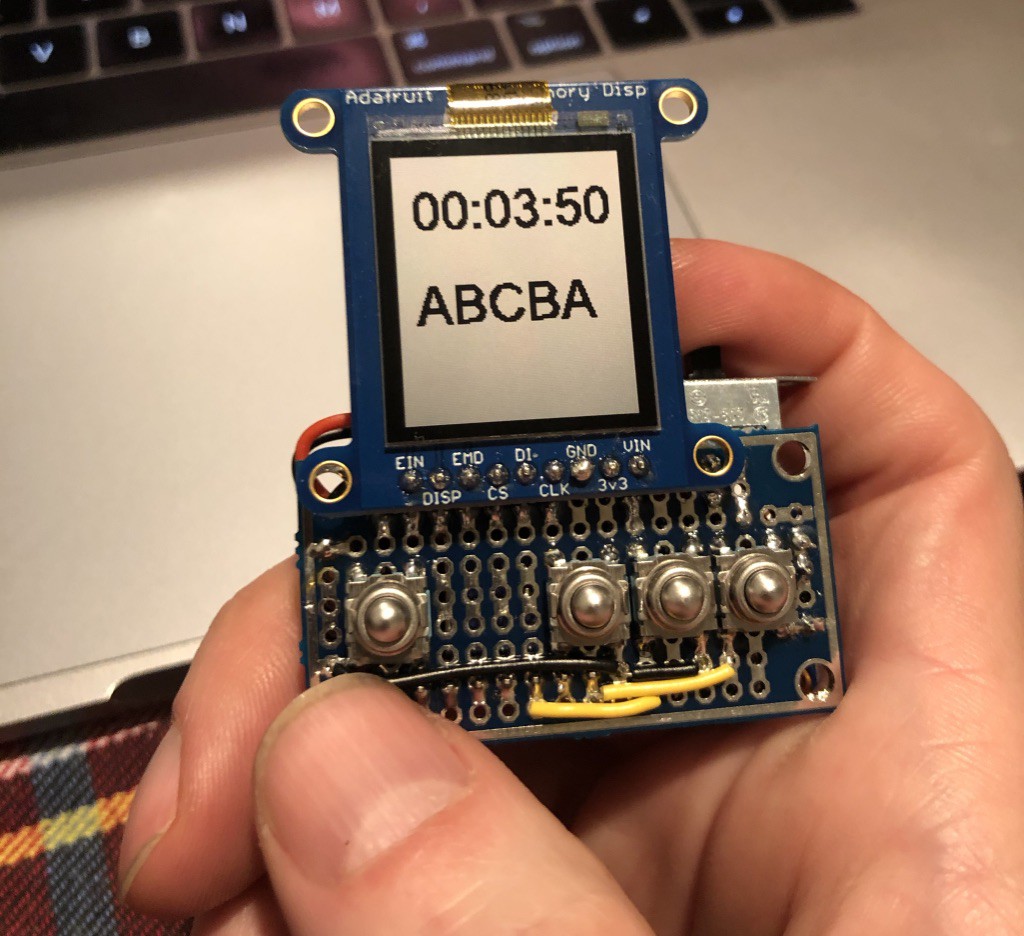
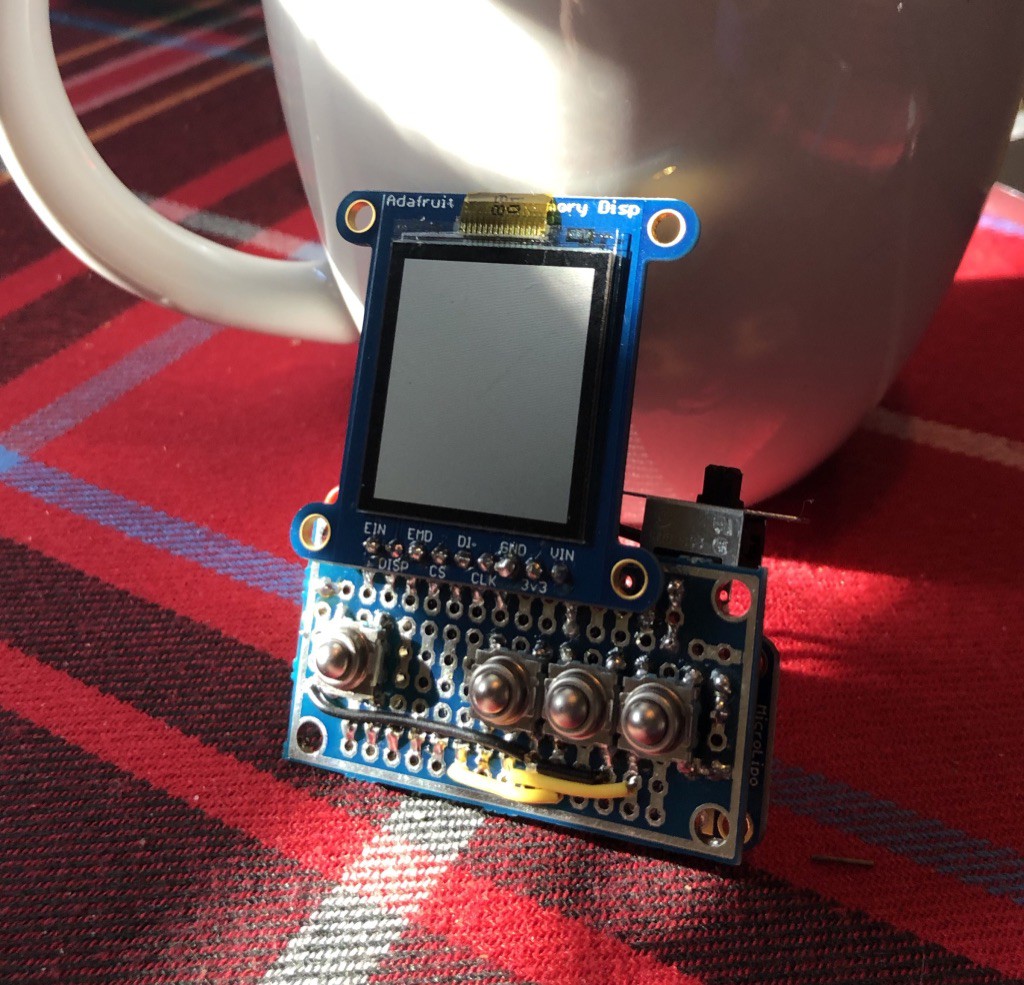
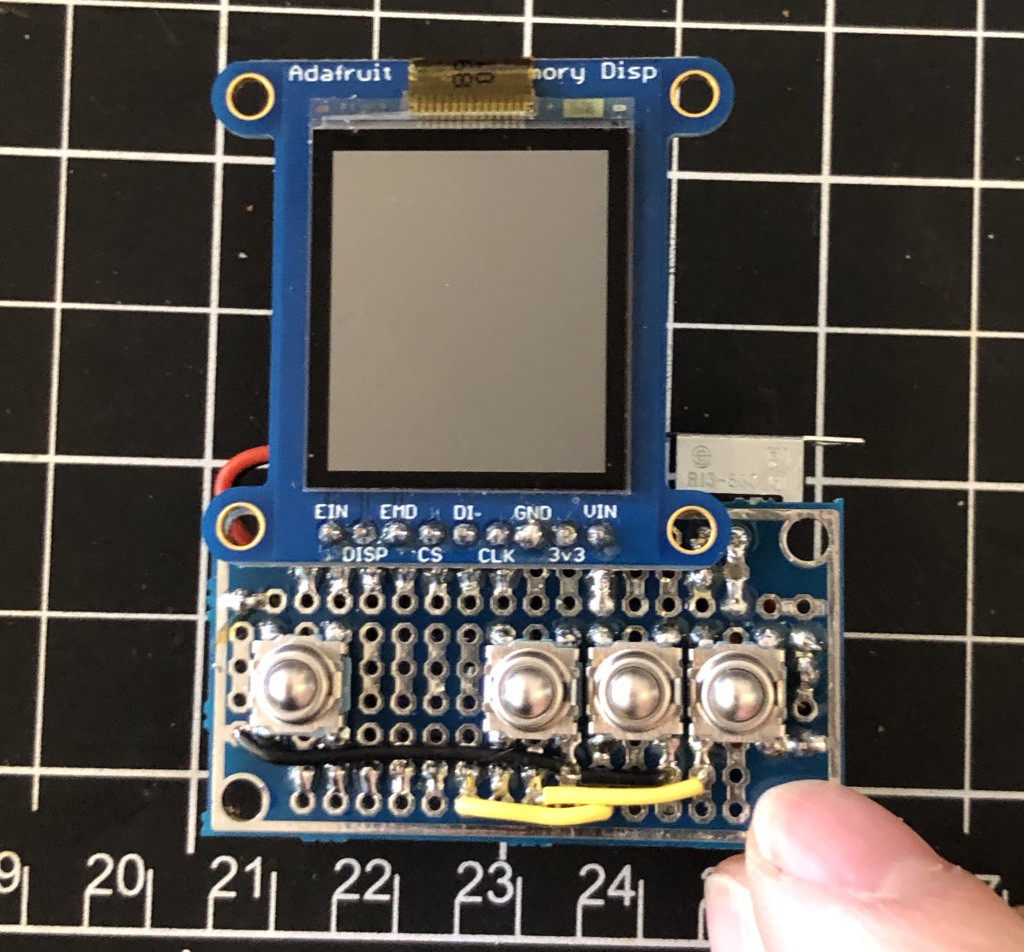
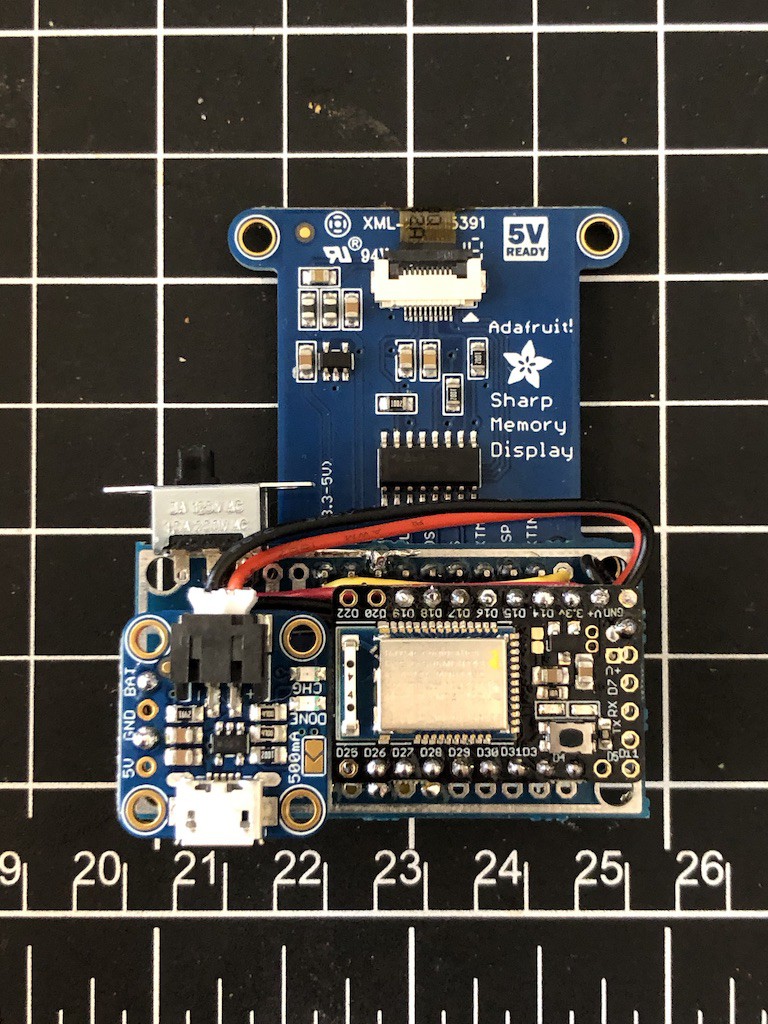
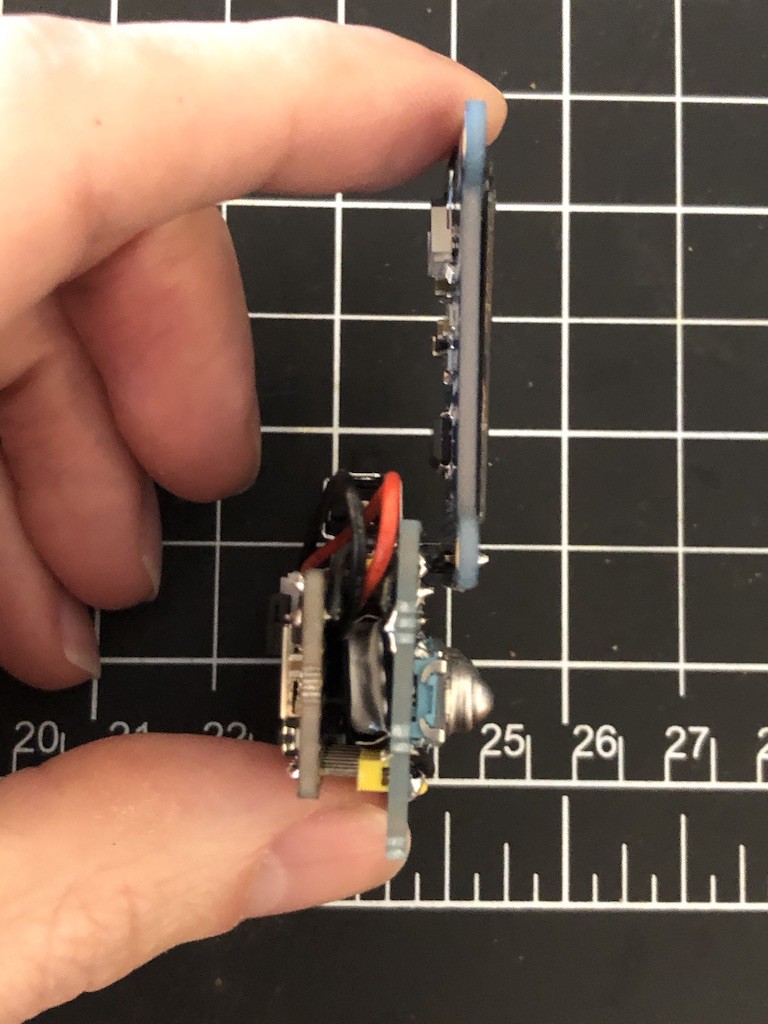
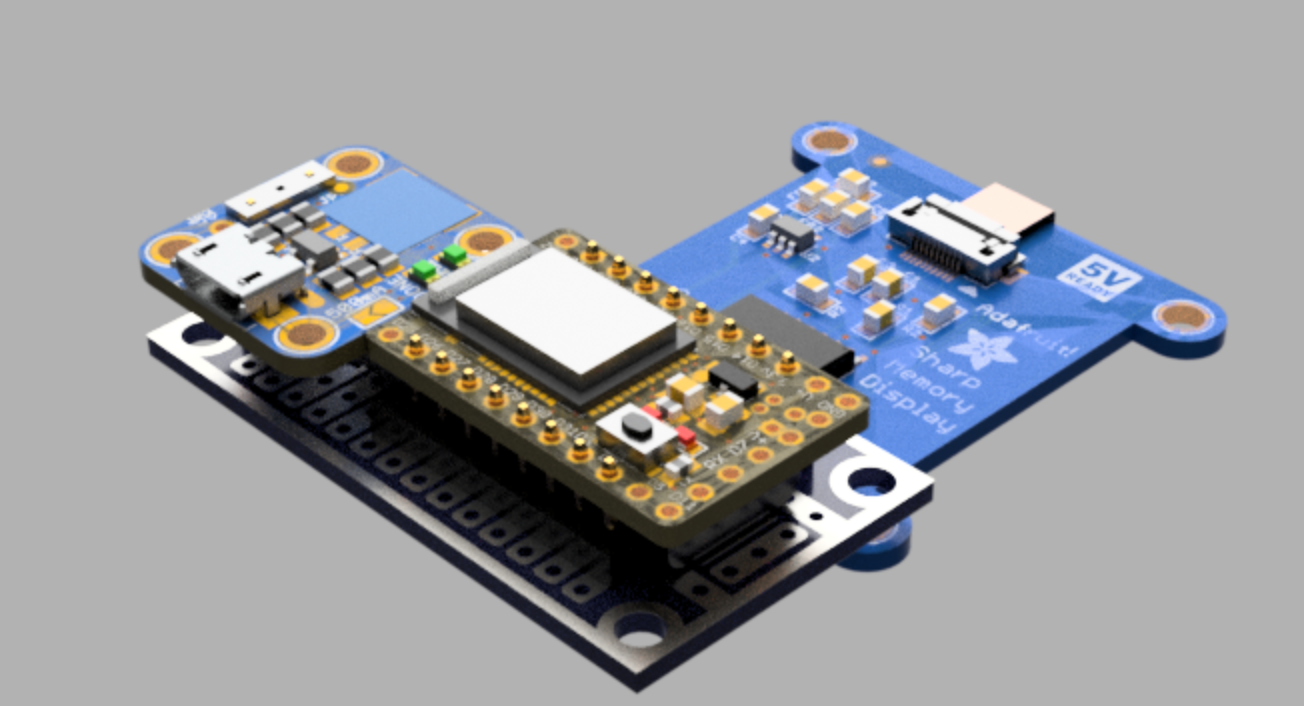
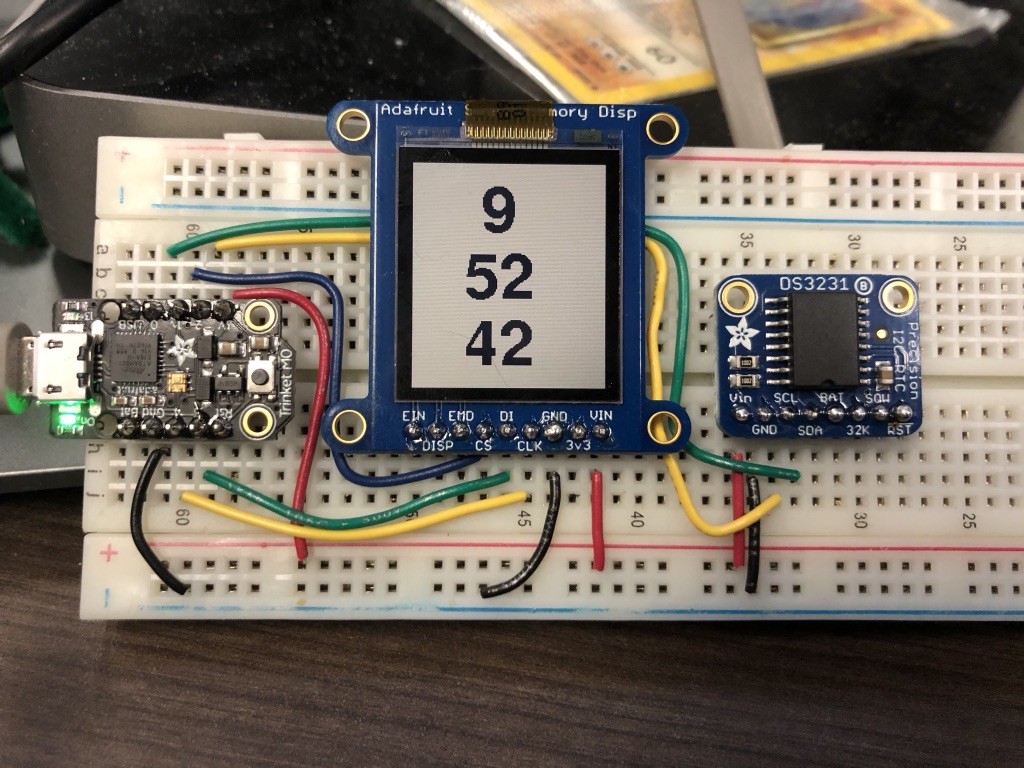
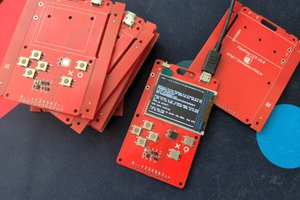
 deʃhipu
deʃhipu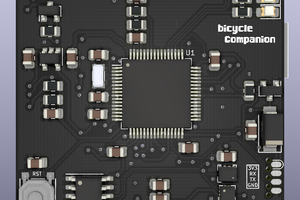
 Matias N.
Matias N.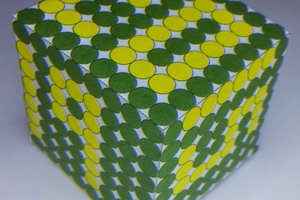
 daniel.bryand
daniel.bryand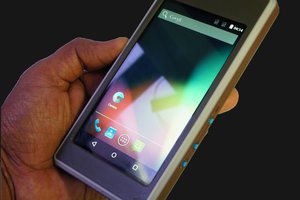
 Shree Kumar
Shree Kumar